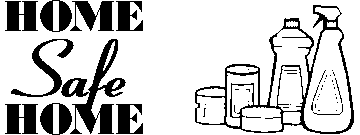

provided by the Environmental Health Coalition for the San Diego Regional Household Hazardous Materials ProgramReplace your toxic household cleaners with safe, effective substitutes while saving money and treading more lightly on the environment
Recipes for Alternatives to Toxic and Hazardous Household Products
Avoid Using Use More Often Aerosols Pump sprays Chemical drain openers Plunger, or metal snake Gasoline (as degreaser) Water-based degreaser Moth balls Cedar chips or herbal sachets No-pest strips Fly paper Rust remover Steel wool